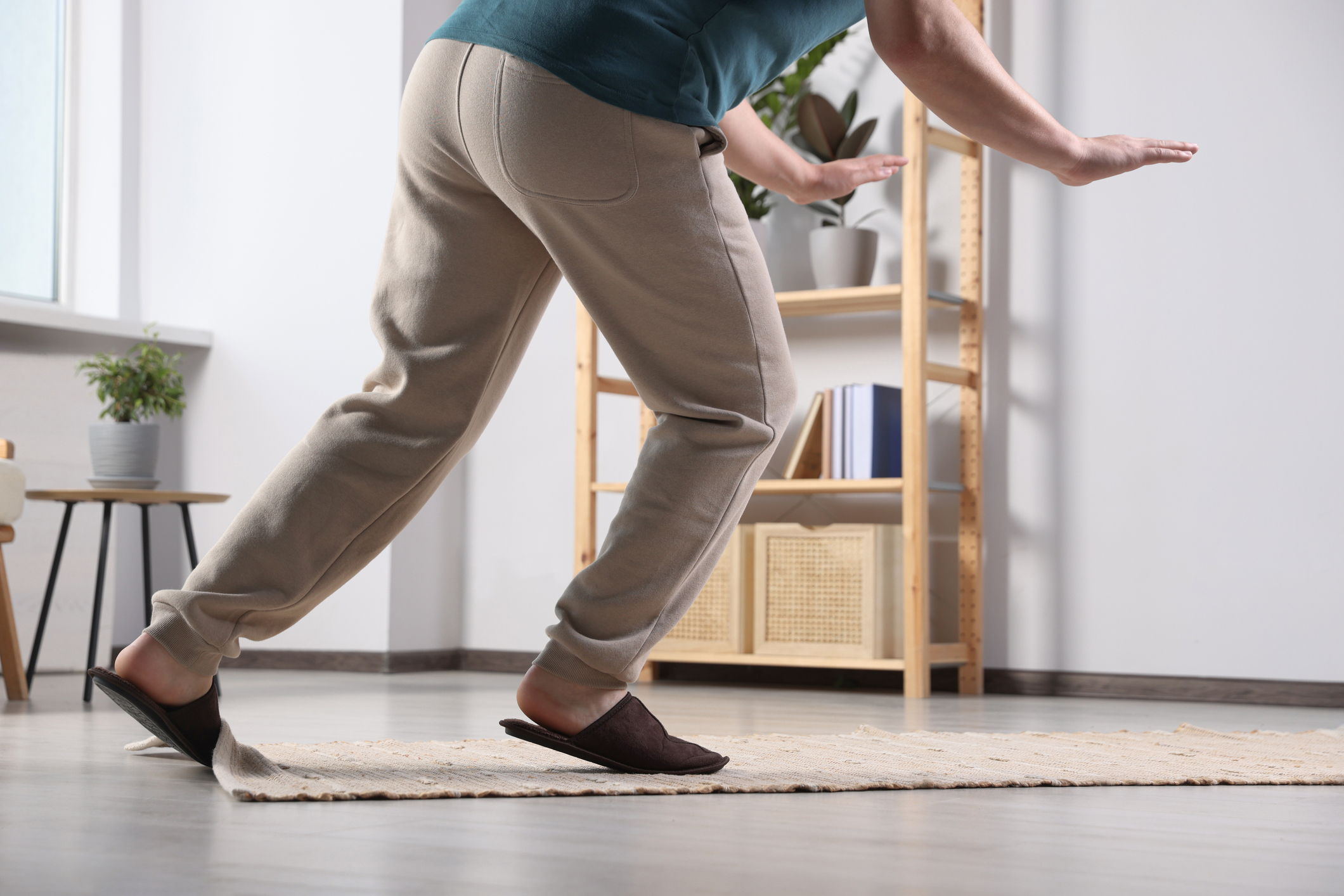

The American Stroke Association is on a mission to educate people — especially younger people — about stroke. They’ve come up with the acronym F.A.S.T. for quick recall of stroke’s major symptoms, which include Face drooping or twisted, Arm weakness, Speech difficulty, and lastly, Time to call 911.
While these are classic stroke signs, other symptoms of stroke may not be as well-known. They include:
- Trouble with vision in one or both eyes
- Difficulty walking, dizziness or lack of balance
- Severe, unexplained headache
- Briefly fainting
- Sudden loss of balance, sometimes along with vomiting, nausea, fever, hiccups or trouble swallowing
- Sudden falls with no clear cause
An ED visit for a fall could raise stroke risk
Researchers at Weill Cornell Medicine in New York were particularly interested in the last of those less well-known symptoms. Using data from 90,592 adult patients hospitalized with acute ischemic stroke in 10 states from 2016 to 2020, they discovered that almost 6 percent of these patients had been treated and released from the emergency department (ED) for a fall within 180 days before their stroke. An ischemic stroke is the most common type of stroke and is caused when a blood vessel supplying blood to the brain is obstructed, most often by a clot.
The researchers then compared ED visits for falls during case periods of 0-15, 16-30, 31-90 and 91-180 days before a stroke with those during control periods, which were equivalent periods one year prior to stroke.
They found ED visits for a fall where the patient was treated and released were more common 15 days before a stroke than in the corresponding control period.
Patients with an ED treat-and-release visit for a fall were older than those without, with an average age of 74.7 years compared to 70.8 years. They also had higher rates of vascular conditions and were more often women.
The association between ischemic stroke and a preceding ED treat-and-release visit for a fall diminished as the time interval from hospitalization for the stroke increased. However, it remained significant at all time points.
The bottom line: ED visits for falls are linked to a higher short-term risk for ischemic stroke, particularly within 15 days.
“These visits may be opportunities to improve stroke diagnostic accuracy and treatment in the ED,” the authors wrote in the study.
What to do if you fall unexpectedly
If you find yourself the victim of an unexplained fall, it’s probably a good idea to get checked out at the emergency room at your local hospital, especially if you have any of the risk factors for stroke. These include:
- High blood pressure
- Diabetes
- Heart disease
- Sleep apnea
- Atrial fibrillation
- Genetics or family history
- Age
- Race and ethnicity
- Unhealthy diet
- Smoking
- High cholesterol
- Alcohol and illicit drug use
- Limited physical activity
While you’re in the ED, make sure the doctor checks you for any evidence of a stroke before sending you home. Even if you’re given the all-clear, you’ll want to keep a close watch for any other symptoms that might indicate stroke, especially in those first couple of weeks after your hospital visit.
Of course, when it comes to stroke, the best defense is a good offense. While some stroke risk factors can’t be helped, a global study found that 90 percent of all strokes could be eliminated if lifestyle-related risk factors were controlled.
The number one risk factor for ischemic stroke is high blood pressure. The DASH diet was developed specifically to help people lower high blood pressure and is promoted by the National Heart, Lung and Blood Institute. The focus is on whole foods, fat-free or low-fat dairy, whole grains, lean meats, fish and poultry. The plan requires eliminating processed foods, sugary drinks, packaged snacks and limiting red meat.
Exercise is also an effective tool for lowering blood pressure. If you’re under treatment for medical conditions, discuss with your doctor what may be the best exercise option for you.
Sources:
Stroke Risk After Emergency Department Treat-and-Release Visit for a Fall — Stroke
Learn to Act F.A.S.T. — American Stroke Association
Risk Factors Under Your Control — American Stroke Association
What Are the Symptoms of a Stroke? — WebMD

